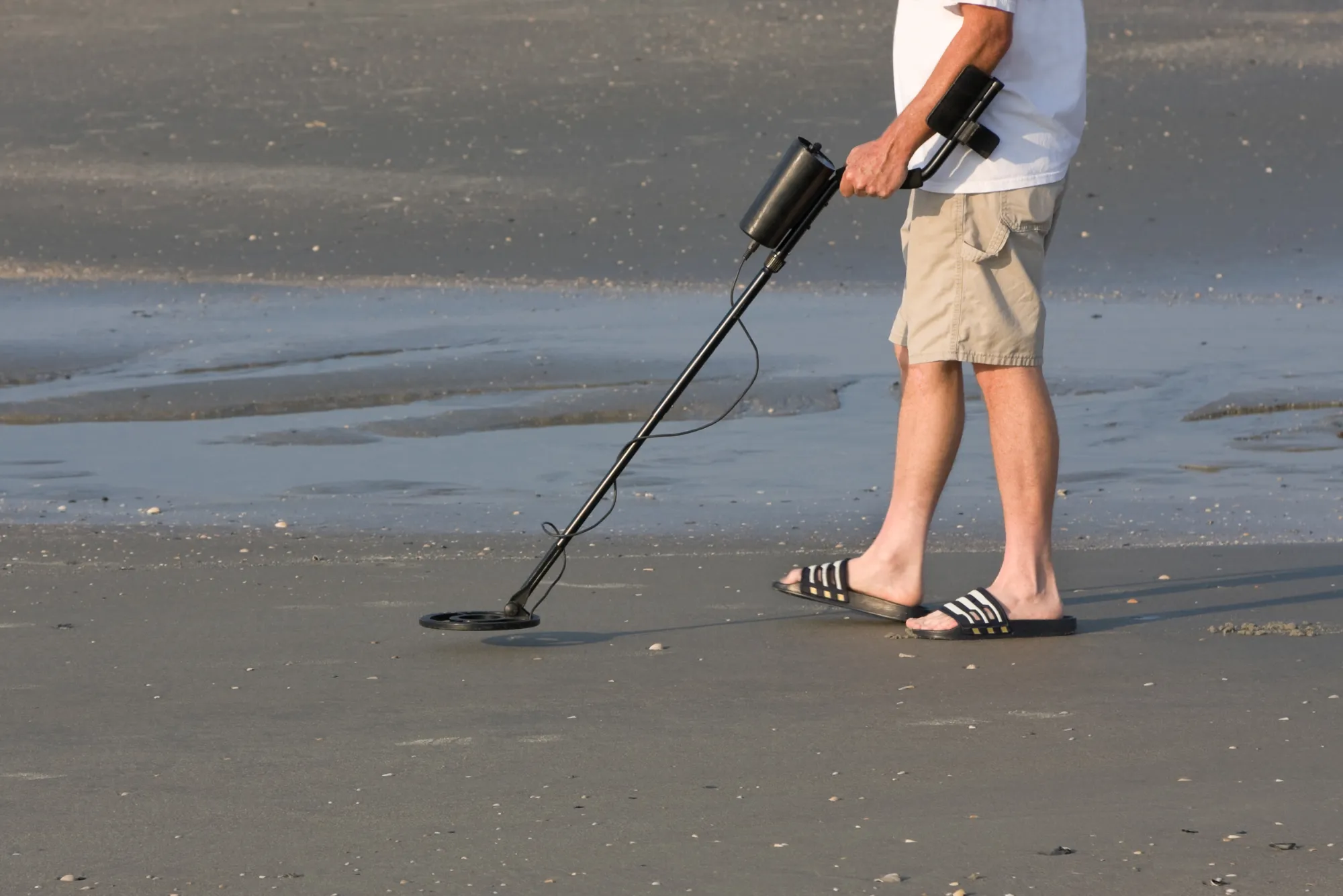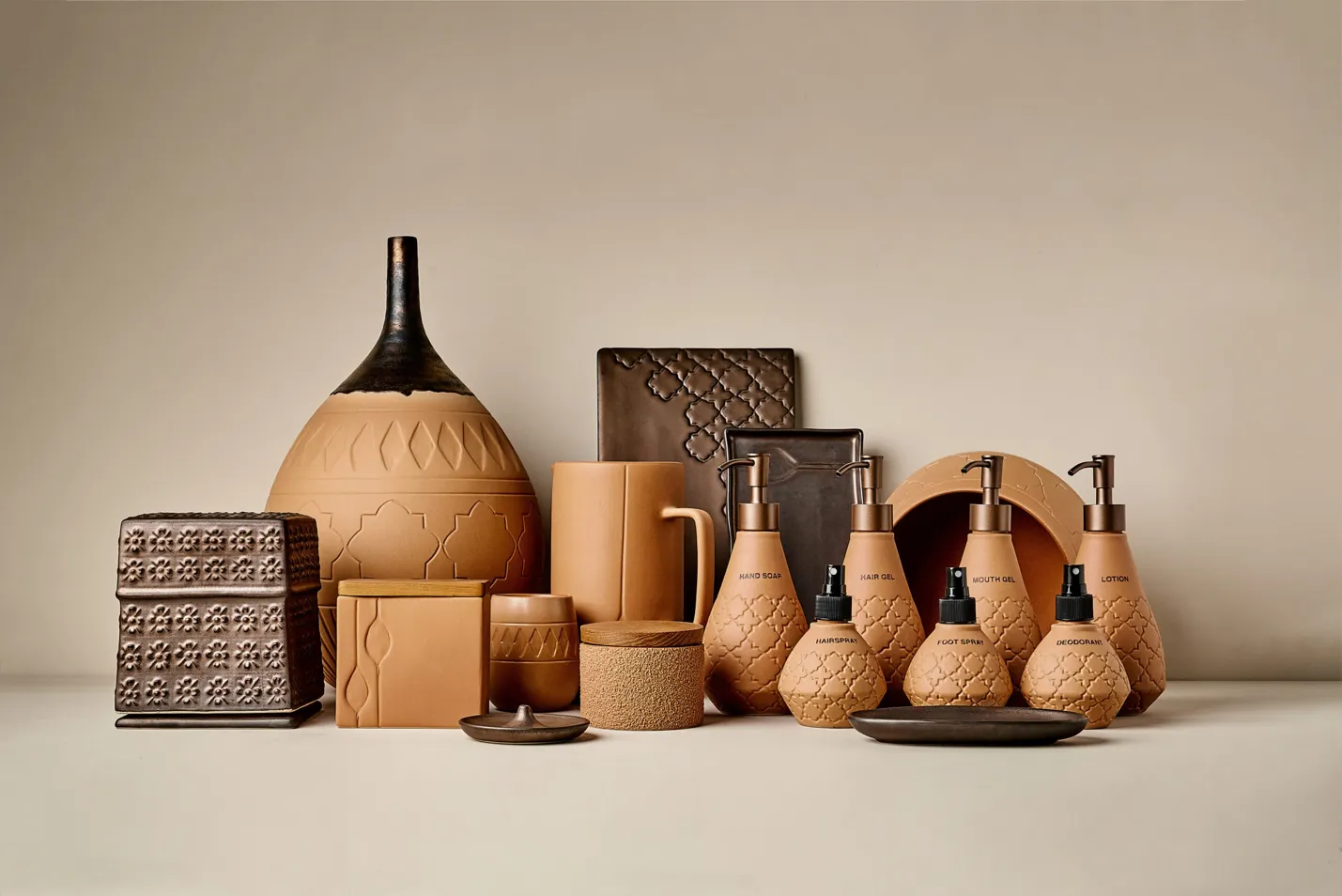Gold prospecting is an exhilarating hobby that combines adventure, history, and the thrill of discovery. Whether you’re exploring the rugged terrains of Arizona’s goldfields or sifting through the sands of a coastal beach, having the right equipment is crucial. Among the many factors to consider when choosing a gold detector, weight stands out as a critical consideration. A lightweight gold detector machine ensures comfort during long hours of use, reduces fatigue, and enhances portability, especially for those trekking through remote or challenging environments.
In 2025, advancements in metal detection technology have led to the development of highly sensitive yet lightweight gold detectors. These machines are designed to detect small gold nuggets and flakes in mineral-rich soils while being easy to carry for extended periods. This article explores the lightest gold detector machines available, their features, and why they’re ideal for hobbyists and professionals alike. We’ll also provide practical tips to help you choose the best model for your needs, ensuring you can focus on finding treasure without the burden of heavy equipment.
Why Choose a Lightweight Gold Detector?
Gold prospecting often involves hours of sweeping a detector over varied terrains, from rocky hills to wet riverbeds. A heavy machine can quickly lead to fatigue, reducing the time you can spend hunting and diminishing the overall experience. Here’s why a lightweight gold detector is a game-changer:
-
Comfort for Long Sessions: A lighter machine reduces strain on your arms and shoulders, allowing you to prospect for hours without discomfort.
-
Portability for Remote Locations: Many gold-rich areas are far from civilization, requiring detectors that are easy to carry in backpacks or over long distances.
-
Ease for All Ages: Lightweight detectors are ideal for beginners, families, or older prospectors who may find heavier models cumbersome.
-
Versatility Across Terrains: Modern lightweight detectors are often equipped with advanced features, making them suitable for diverse environments like beaches, deserts, or streams.
With these benefits in mind, let’s dive into some of the lightest gold detector machines available in 2025, focusing on their weight, features, and performance.
Top Lightweight Gold Detector Machines for 2025
1. Minelab Gold Monster 1000: The Ultimate Lightweight Choice
Weight: 2.94 lbs (1.33 kg)
Key Features:
-
45 kHz VLF for high sensitivity to small gold nuggets
-
Fully automatic operation with noise cancellation
-
Waterproof coil (up to 3 feet)
-
Gold Chance Indicator for precise targeting
-
Lightweight, collapsible design
The Minelab Gold Monster 1000 is a standout in the realm of lightweight gold detectors. Weighing just under 3 pounds, it’s one of the easiest machines to carry for long prospecting sessions. Its 45 kHz Very Low Frequency (VLF) technology ensures maximum sensitivity to tiny gold nuggets, making it ideal for mineralized soils where gold is often found. The fully automatic operation simplifies use for beginners, while the Gold Chance Indicator provides experienced users with precise feedback on potential finds.
The Gold Monster 1000’s collapsible design enhances portability, fitting easily into a backpack for remote expeditions. Its waterproof coil allows for shallow water prospecting, perfect for creek beds or wet beaches. Users praise its ability to handle mineral-rich soils with minimal false signals, thanks to its advanced ground balance and noise cancellation features. For those seeking a balance of lightweight design and professional-grade performance, the Gold Monster 1000 is a top contender.
2. Fisher Gold Bug Pro: Beginner-Friendly and Featherlight
Weight: 2.5 lbs (1.13 kg)
Key Features:
-
19 kHz VLF for excellent small nugget detection
-
Manual and automatic ground balance
-
Dual headphone jacks for clear audio feedback
-
Simple, user-friendly interface
-
Lightweight and ergonomic design
The Fisher Gold Bug Pro is one of the lightest gold detectors on the market, weighing just 2.5 pounds. Its 19 kHz frequency is optimized for finding small gold nuggets in highly mineralized soils, making it a favorite among beginners and intermediate prospectors. The machine’s ground balance system, which offers both manual and automatic options, helps reduce interference from mineralized ground, ensuring accurate detection.
Its ergonomic design and lightweight frame make it a breeze to carry, even for younger users or those new to prospecting. The simple interface, complete with a digital display, provides clear information about ground conditions and target depth. The inclusion of dual headphone jacks allows for customizable audio feedback, which is crucial for identifying faint signals in noisy environments. The Fisher Gold Bug Pro is an excellent choice for those prioritizing portability without sacrificing sensitivity.
3. XP DEUS II: High Performance in a Compact Package
Weight: 1.76 lbs (0.8 kg) with remote control
Key Features:
-
Multi-frequency technology for versatile detection
-
Fully wireless and modular design
-
Waterproof up to 20 meters
-
Adjustable settings for advanced users
-
Ultra-lightweight and collapsible
The XP DEUS II takes lightweight design to the next level, weighing just 1.76 pounds with its remote control. This fully wireless detector uses multi-frequency technology, allowing it to adapt to various terrains, from shallow streams to dry desert soils. While not exclusively a gold detector machine, its high-frequency settings make it highly effective for small gold nuggets, rivaling dedicated gold detectors.
The DEUS II’s modular design allows users to detach components like the control unit, making it incredibly portable. Its waterproof capability up to 20 meters makes it ideal for coastal or river prospecting. Advanced users will appreciate the customizable settings, which allow fine-tuning for specific soil conditions and target types. Despite its premium price, the XP DEUS II’s lightweight build and versatility make it a top pick for serious prospectors who value portability and performance.
4. Garrett ACE 300: Budget-Friendly and Lightweight
Weight: 2.8 lbs (1.27 kg)
Key Features:
-
8 kHz VLF for general gold detection
-
Waterproof coil for shallow water use
-
Digital target ID and pinpointing
-
Lightweight and adjustable shaft
-
Affordable for beginners
The Garrett ACE 300 is a budget-friendly option for those seeking a lightweight gold detector. At 2.8 pounds, it’s easy to carry for extended periods, making it suitable for beginners or casual prospectors. While its 8 kHz frequency is lower than dedicated gold detectors, it can still detect small gold flakes near the surface, particularly in less mineralized soils.
The ACE 300 features a waterproof coil, allowing users to explore wet environments like streams or beaches. Its digital target ID and pinpointing capabilities help users distinguish gold from trash metals, reducing unnecessary digging. The adjustable shaft ensures comfort for users of all heights, and its affordability makes it an excellent entry-level choice for those new to gold prospecting.
5. Nokta PI Gold: A Lightweight Pulse Induction Option
Weight: Approximately 3.0 lbs (1.36 kg, estimated)
Key Features:
-
Pulse Induction (PI) technology for deep detection
-
Optimized for gold prospecting in mineralized soils
-
Waterproof design for versatile use
-
Lightweight for a PI detector
-
Expected release by late 2025
The Nokta PI Gold, set to release by the end of 2025, is generating buzz as a lightweight pulse induction detector designed specifically for gold prospecting. Weighing around 3 pounds, it’s remarkably light for a PI machine, which typically sacrifices portability for depth and sensitivity. PI technology excels in highly mineralized soils and saltwater environments, making it ideal for challenging goldfields.
While specific details about the Nokta PI Gold are still emerging, its lightweight design and PI technology promise deep detection capabilities with reduced fatigue. This model is expected to appeal to prospectors who need a robust, portable detector for extreme conditions. Keep an eye on trusted suppliers like Detector Warehouse for updates on its release and specifications.
Key Features to Look for in a Lightweight Gold Detector
When selecting a lightweight gold detector, consider the following features to ensure it meets your prospecting needs:
-
High Operating Frequency: Gold detectors with higher frequencies (15 kHz and above) are more sensitive to small gold nuggets. VLF detectors like the Minelab Gold Monster 1000 (45 kHz) or Fisher Gold Bug Pro (19 kHz) excel in this area.
-
Ground Balance: Mineralized soils can cause false signals. Look for detectors with manual or automatic ground balance to filter out interference, as seen in the Fisher Gold Bug Pro and Minelab Gold Monster 1000.
-
Waterproofing: Many gold deposits are near water. A waterproof coil or fully submersible design, like the XP DEUS II, expands your search areas.
-
Discrimination and Sensitivity: Advanced discrimination settings help distinguish gold from junk metals, while adjustable sensitivity ensures optimal performance in varying conditions.
-
Portability Features: Collapsible shafts, wireless designs, and lightweight materials enhance portability, as seen in the XP DEUS II and Minelab Gold Monster 1000.
Tips for Using Lightweight Gold Detectors Effectively
To maximize your success with a lightweight gold detector machine, follow these practical tips:
-
Adjust Sensitivity for Soil Conditions: In highly mineralized soils, lower the sensitivity to reduce false signals. In cleaner soils, increase it for deeper detection.
-
Use Slow, Steady Sweeps: Move the coil slowly and keep it close to the ground to detect small nuggets. Overlapping sweeps ensure you don’t miss targets.
-
Invest in Quality Headphones: Audio feedback is crucial for identifying faint signals. Models like the Garrett ACE 300 and Fisher Gold Bug Pro include headphone jacks for clearer sound.
-
Check Local Regulations: Gold prospecting may require permits, especially on public lands. Research local laws in areas like Arizona, Nevada, or California before detecting.
-
Practice in Test Environments: Before heading to the field, test your detector in your backyard with small gold samples to familiarize yourself with its signals.
Comparing Lightweight Gold Detectors: Which One Suits You?
Choosing the right lightweight gold detector depends on your skill level, budget, and prospecting goals. Here’s a quick comparison:
-
Best for Beginners: The Garrett ACE 300 offers affordability and simplicity, ideal for those new to gold prospecting.
-
Best for Versatility: The XP DEUS II’s multi-frequency technology and ultra-lightweight design suit diverse terrains and advanced users.
-
Best for Small Nuggets: The Minelab Gold Monster 1000’s high frequency and automatic operation make it perfect for tiny gold in mineralized soils.
-
Best for Budget-Conscious Prospectors: The Fisher Gold Bug Pro balances price, weight, and performance for hobbyists.
-
Best for Future Release: The Nokta PI Gold promises deep detection in a lightweight PI package, ideal for serious prospectors in challenging environments.
Where to Find Gold in 2025
Gold is commonly found in regions with historical mining activity, such as:
-
Arizona: Known for its mineral-rich deserts and dry washes.
-
Nevada: Home to vast goldfields and active prospecting communities.
-
California: Famous for the Gold Rush, with rivers and beaches still yielding finds.
-
Alaska: Offers remote, gold-rich areas for adventurous prospectors.
-
Colorado: Features mineralized soils and old mining sites.
Always research local regulations and obtain necessary permits before prospecting. Forums like GoldProspectorsForum and YouTube channels like NuggetShooter Journal offer valuable insights into prime locations and techniques.
Conclusion: Finding Your Ideal Lightweight Gold Detector
A lightweight gold detector is essential for comfortable, effective prospecting, whether you’re a beginner exploring local streams or a seasoned hunter scouring remote goldfields. The Minelab Gold Monster 1000, Fisher Gold Bug Pro, XP DEUS II, Garrett ACE 300, and upcoming Nokta PI Gold stand out as the lightest and most effective options for 2025. Each offers a unique blend of portability, sensitivity, and advanced features to suit different skill levels and budgets.
When choosing your detector, consider your prospecting goals, the terrains you’ll explore, and the features that matter most to you, such as waterproofing or high-frequency detection. With the right lightweight gold detector, you’ll be well-equipped to uncover hidden treasures without the burden of heavy equipment. Start your treasure-hunting journey today by exploring these top models at trusted retailers like Detector Warehouse or GDG Detectors.



